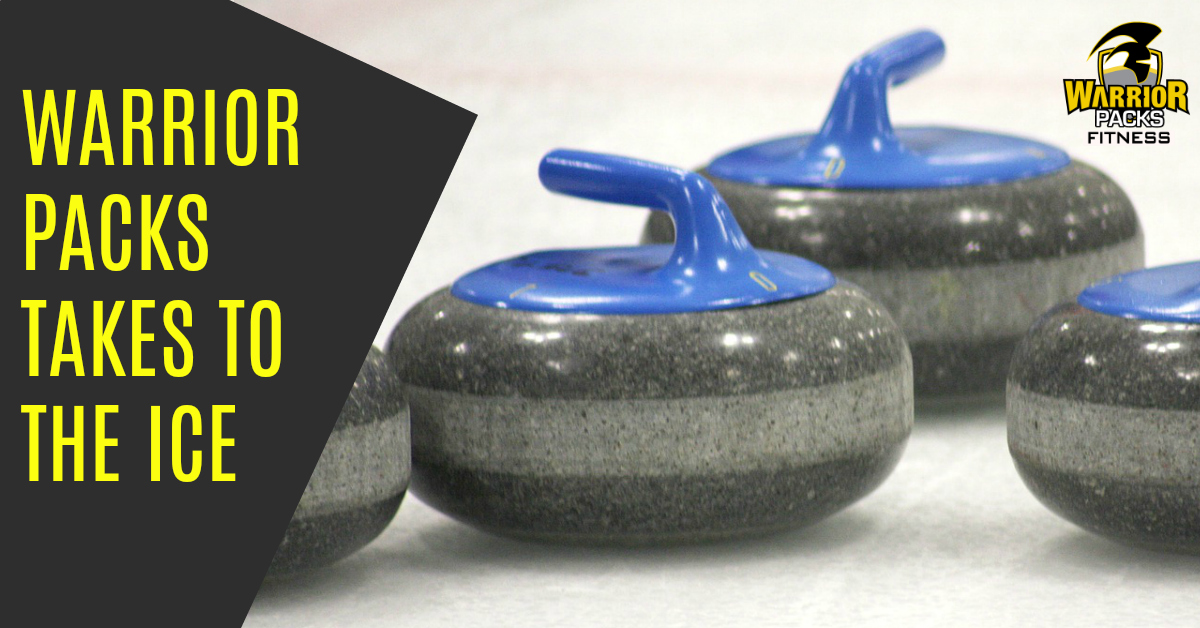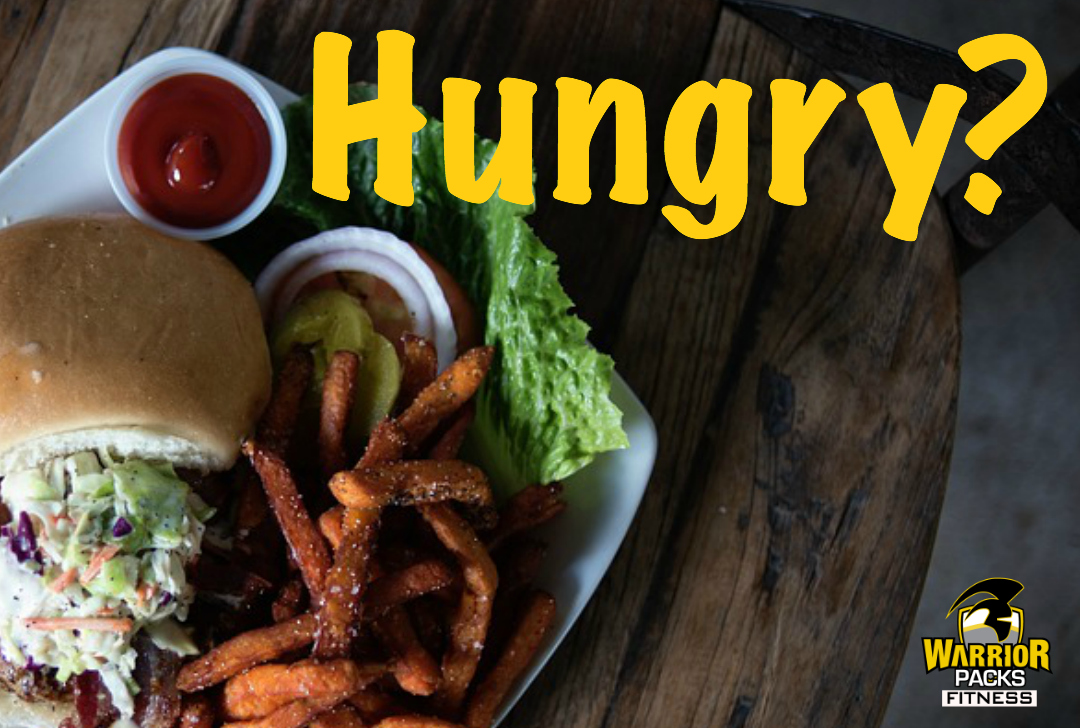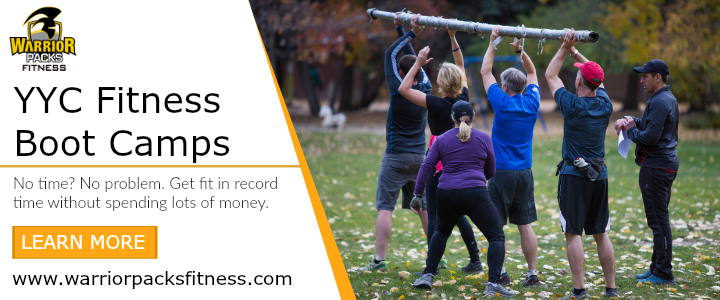
Leading a Healthy Lifestyle: Fuel the Body for Success
- Nov 14, 2016
- Arlene
- health
- No comments yet
About the author: Arlene
Related Posts
Calgary Curling Club
- Feb 12, 2019
- Arlene
Are You (Really) Hungry?
- Sep 06, 2017
- Arlene
3 Tricks to Increase Your Energy
- Aug 08, 2017
- Arlene
Edworthy Park Fitness Boot Camps
- May 05, 2017
- Arlene
RUN RIGHT
- Apr 10, 2017
- Arlene
Leading a Healthy Lifestyle: Take Care of the Mind and Body
- Dec 18, 2016
- Arlene
Wake up, Work out, DONE!
- Oct 14, 2016
- Arlene








